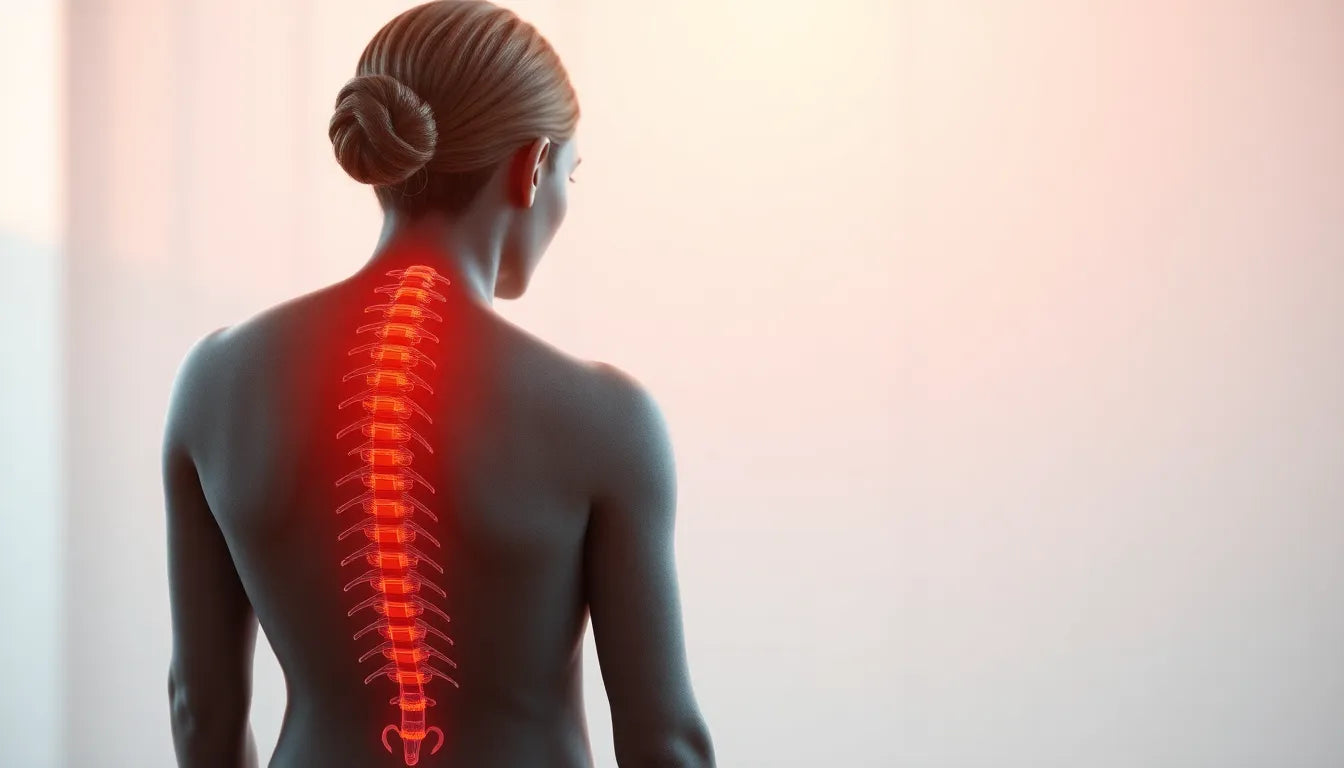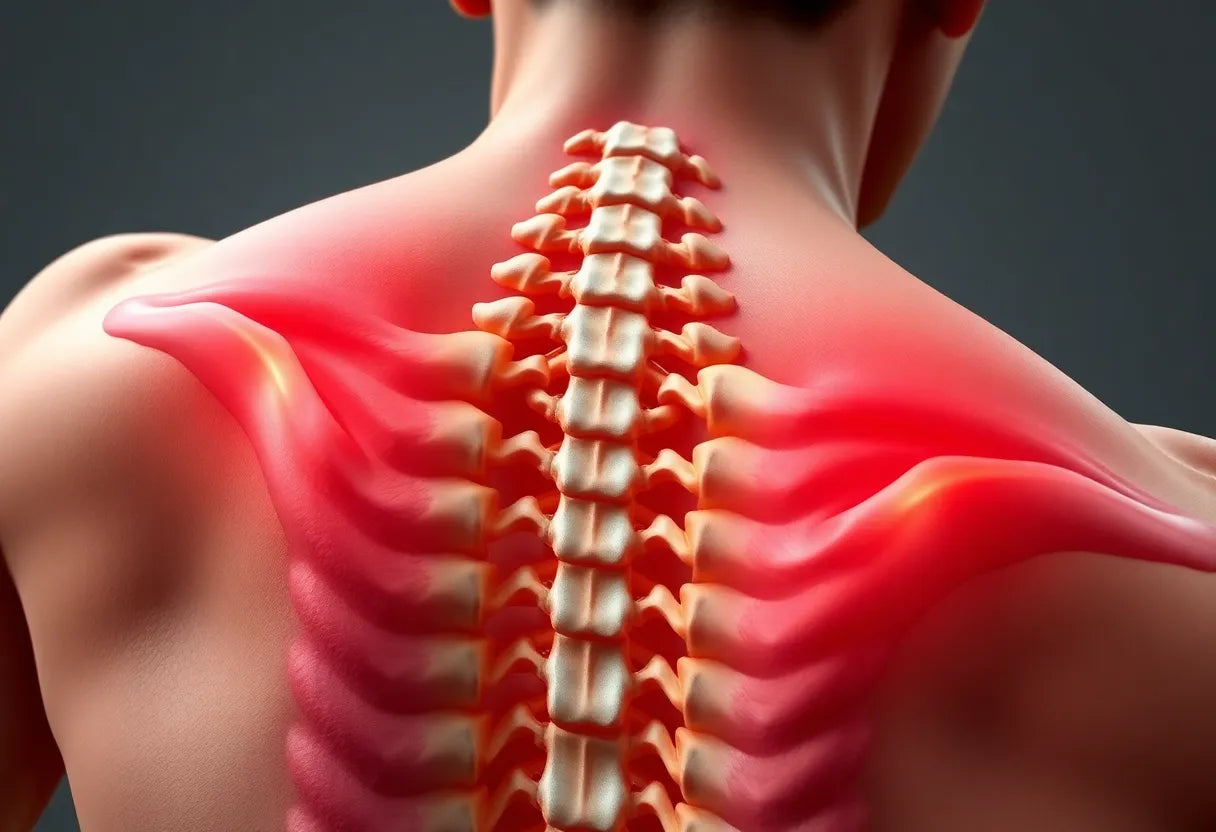Dealing with a herniated disc can be a daunting experience, often marked by persistent pain, numbness, and a frustrating limitation in mobility. This condition occurs when the soft center of a spinal disc pushes through a crack in the tougher exterior casing, leading to discomfort and, in some cases, significant disruption in daily activities. Herniated discs are surprisingly common, affecting a substantial portion of the population at some point in their lives. The impact on daily life can be profound, making effective management strategies essential for maintaining quality of life.
Physiotherapy as a first-line treatment
Enter physiotherapy, a cornerstone in the conservative management of herniated discs. Recognized globally as a first-line treatment, physiotherapy aims to reduce pain and enhance function, offering a non-invasive alternative that often helps patients avoid the need for surgery. This approach is not only about alleviating immediate discomfort but also about empowering patients to regain control over their bodies and lives. By focusing on tailored exercises and therapeutic techniques, physiotherapy addresses both the symptoms and underlying causes of herniated discs.
The promise of relief through physiotherapy
For those grappling with the challenges of a herniated disc, the promise of relief through physiotherapy is not just hopeful—it’s grounded in evidence. This blog post will delve into how physiotherapy can provide significant pain relief and improve the quality of life for those affected. Through a combination of targeted exercises, manual therapy, and patient education, physiotherapy offers a comprehensive approach to managing herniated disc symptoms effectively. Stay tuned as we explore the clinical efficacy, types of interventions, and the structured rehabilitation phases that make physiotherapy a powerful tool in the fight against herniated disc pain.
Clinical efficacy and evidence supporting physiotherapy
Physiotherapy has consistently proven its worth in managing herniated disc symptoms, with numerous systematic reviews and meta-analyses highlighting its effectiveness. These studies confirm that physiotherapy significantly reduces pain and disability in patients with lumbar disc herniation (LDH). The approach works by strengthening core muscles, enhancing lumbar stability, and alleviating nerve root compression, which collectively contribute to symptom relief and improved function.
The cost-effectiveness of physiotherapy is another compelling advantage. Compared to surgical interventions, physiotherapy offers a safer, non-invasive alternative that has been shown to yield significant improvements in pain and functional status. While physiotherapy does not reverse the herniation anatomically, it can indirectly reduce herniation size and restore spinal mechanics, translating to reduced symptoms and enhanced quality of life.
Types of interventions and treatment goals
Physiotherapy for herniated discs encompasses a variety of interventions, each aimed at addressing specific aspects of the condition. Targeted exercises form the cornerstone of treatment, focusing on strengthening and stretching to improve muscle support around the spine. Manual therapy, which includes techniques such as mobilizations, helps improve joint function and alleviate pain. Traction, another common intervention, is used to relieve pressure on the spinal discs.
Patient education is a crucial component of physiotherapy, empowering individuals with the knowledge and tools to manage their condition effectively. By understanding how to perform exercises correctly and adopt postural adjustments, patients can actively participate in their recovery process. Early intervention is emphasized to prevent symptom worsening and initiate the strengthening process as soon as possible.
Phases of rehabilitation
The rehabilitation process in physiotherapy for herniated discs is typically structured into four phases, each with distinct goals and objectives:
- Pain relief: The initial phase focuses on reducing acute pain and discomfort through targeted interventions and gentle exercises.
- Mobility restoration: This phase aims to regain movement and flexibility, allowing patients to perform daily activities with greater ease.
- Strengthening: Building core and back muscle strength is crucial to support the spine and prevent future injuries.
- Functional rehabilitation: The final phase prepares patients to return to their daily activities, emphasizing injury prevention and long-term spine health.
Visualizing the rehabilitation timeline
A clear understanding of the rehabilitation timeline can help set realistic expectations and motivate patients throughout their recovery journey. Typically, significant improvements in pain and functional status can be observed within 2–6 weeks of starting physiotherapy. Techniques such as spinal mobilization with leg movement (SMWLM) have been shown to yield measurable improvements in pain and patient satisfaction.
Overall, physiotherapy offers a structured, evidence-based approach to managing herniated disc symptoms. By addressing both the physical and educational aspects of recovery, it empowers patients to take control of their health and improve their quality of life. As more research continues to refine and enhance physiotherapy protocols, its role as a first-line treatment for herniated discs remains firmly established.

Lumbar support belt
Støtter og stabiliserer lænden, ideel ved bl.a. diskusprolaps og iskiassmerter.
Effectiveness and outcomes of physiotherapy
Physiotherapy has shown remarkable success in helping patients with herniated discs avoid surgery, with many experiencing significant improvements in pain and functional status within just 2–6 weeks. This conservative treatment approach focuses on techniques such as spinal mobilization with leg movement (SMWLM), which has been proven to enhance pain relief and patient satisfaction. By facilitating better movement and reducing nerve compression, these interventions play a crucial role in the recovery process.
Despite the lack of a universally accepted gold standard for physiotherapy protocols, the personalized nature of treatment plans allows for tailored approaches that address individual patient needs. This customization is vital, as it considers the unique circumstances and health conditions of each patient, ensuring optimal outcomes. The ability to adapt and modify treatment plans as needed further underscores the flexibility and efficacy of physiotherapy.

Men's Posture Shirt™ - Black
Patenteret støtte-shirt der aktiverer musklerne og kan lindre smerter samt spændinger.
Limits and considerations
While physiotherapy offers numerous benefits, it is important to acknowledge its limitations. Currently, there is no gold standard for physiotherapy protocols, which means that treatment plans must be personalized to each patient's specific needs. This lack of standardization underscores the necessity for ongoing research and more long-term studies to refine and improve treatment efficacy. Additionally, physiotherapy does not anatomically reverse a herniated disc, but it effectively manages symptoms and enhances function, providing relief and improved quality of life.
Patients should also be aware that physiotherapy is generally safe for most individuals with herniated discs, but it must be tailored to their specific health conditions and supervised by qualified professionals. Regular communication with healthcare providers is crucial, especially if symptoms worsen during treatment, to ensure the therapy remains effective and safe.
Frequently asked questions
Can physiotherapy reverse a herniated disc?
No, physiotherapy does not reverse the herniation anatomically. However, it effectively manages symptoms and improves function by reducing pain and enhancing mobility.
How quickly can I expect to see improvements?
Many patients experience improvements within 2–6 weeks, but individual results may vary depending on the severity of the herniation and adherence to the treatment plan.
What should I do if my symptoms worsen during physiotherapy?
If your symptoms worsen during physiotherapy, it is important to contact your physiotherapist or physician to adjust your treatment plan accordingly.
Is physiotherapy safe for everyone with a herniated disc?
Generally, physiotherapy is safe for most individuals with a herniated disc. However, it should be tailored to each patient's health conditions and supervised by a qualified professional to ensure safety and effectiveness.
Conclusion
Physiotherapy stands as a powerful, evidence-based option for managing herniated disc symptoms. By focusing on pain reduction, mobility improvement, and functional restoration, it empowers patients to regain control over their lives without the need for invasive procedures. While more research is needed to standardize protocols, the personalized nature of physiotherapy ensures that each patient's unique needs are addressed, leading to improved outcomes. For those suffering from herniated discs, physiotherapy offers a viable path to relief and enhanced quality of life.
Källor
- Kim, J., & Lee, S. (2021). "Physiotherapy Treatment for Lumbar Disc Herniation." Journal of Physical Therapy Science.
- The Jackson Clinics. (2023). "Herniated Disc: Symptoms and Treatment Options." The Jackson Clinics.
- Mass General Brigham. (2023). "Understanding Herniated Disc Pain and Treatment." Mass General Brigham.
- Chen, L., & Wang, H. (2022). "Effectiveness of Physiotherapy in Lumbar Disc Herniation Management." Journal of Rehabilitation Medicine.
- Park, Y., & Choi, Y. (2023). "Rehabilitation Strategies for Herniated Disc." Annals of Rehabilitation Medicine.
- Thompson, R. (2023). "Interventional and Surgical Management of Lumbar Disc Herniation." Orthopedic Reviews.


















